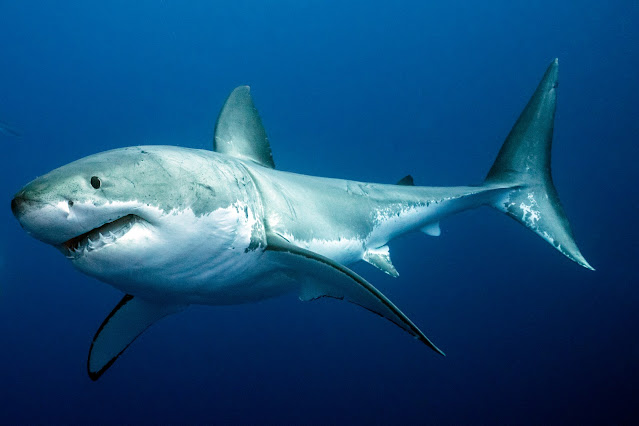Maritime Cyber Risk
Maritime cyber risk refers to a measure of the extent to which a technology asset could be threatened by a potential circumstance or event, which may result in shipping-related operational, safety or security failures as a consequence of information or systems being corrupted, lost or compromised. Cyber risk management means the process of identifying, analysing, assessing and communicating a cyber-related risk and accepting, avoiding, transferring or mitigating it to an acceptable level, considering costs and benefits of actions taken to stakeholders The overall goal is to support safe and secure shipping, which is operationally resilient to cyber risks. IMO guidance: IMO has issued MSC-FAL.1/Circ.3 Guidelines on maritime cyber risk management. MSC-FAL.1/Circ.3 5 July 2017 GUIDELINES ON MARITIME CYBER RISK MANAGEMENT The Facilitation Committee, at its forty-first session (4 to 7 April 2017), and the Maritime Safety Committee, at its ninety-eighth session (7 to 16 Ju



